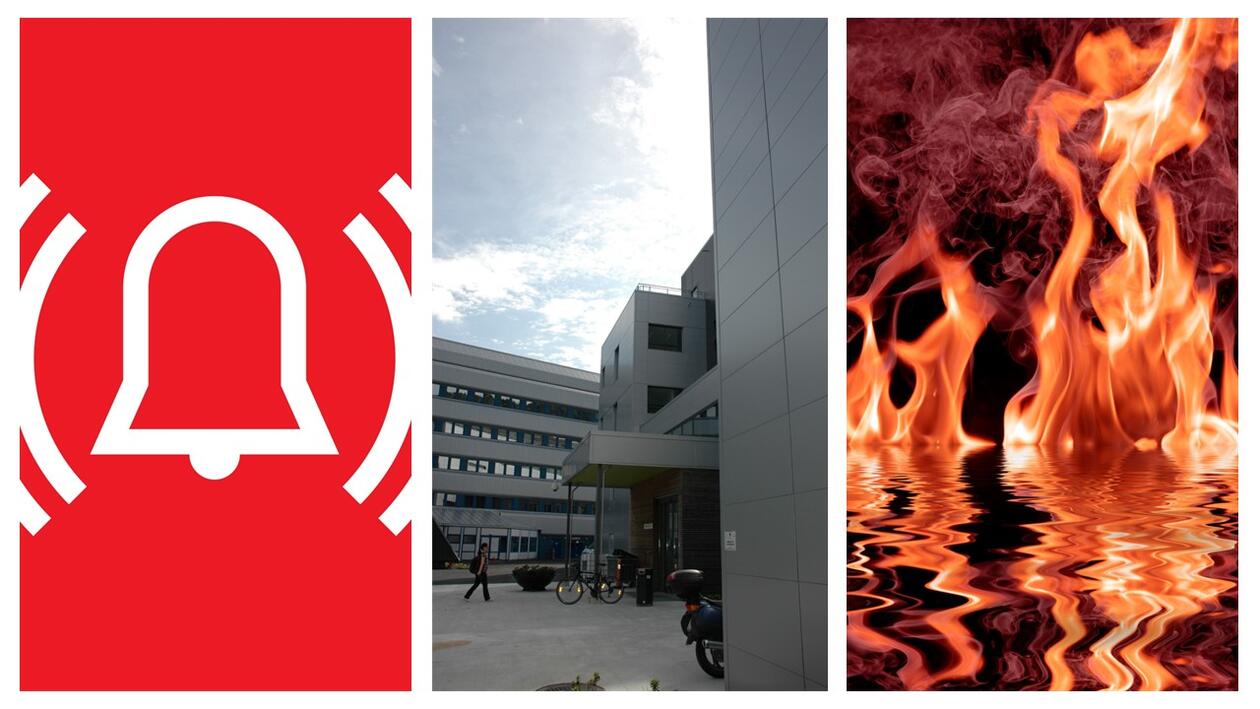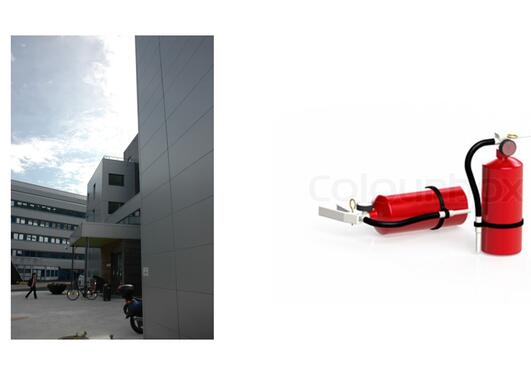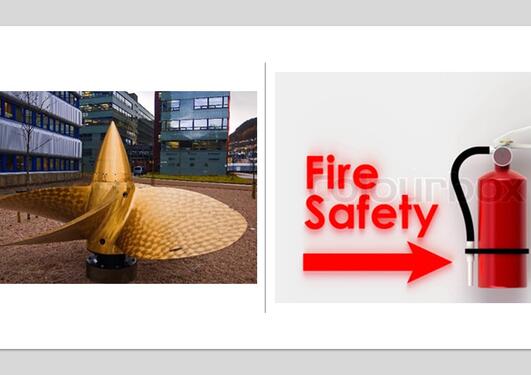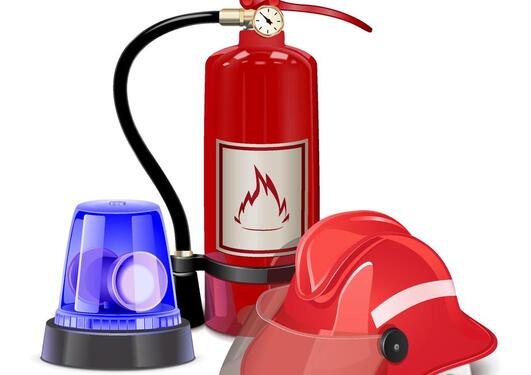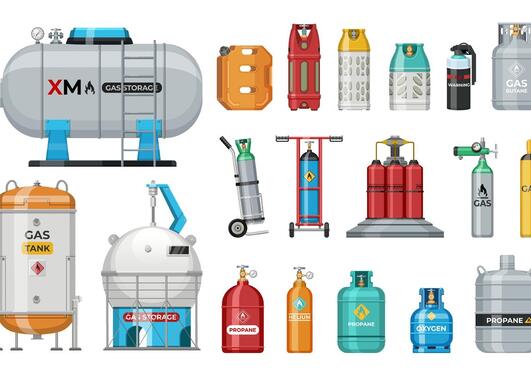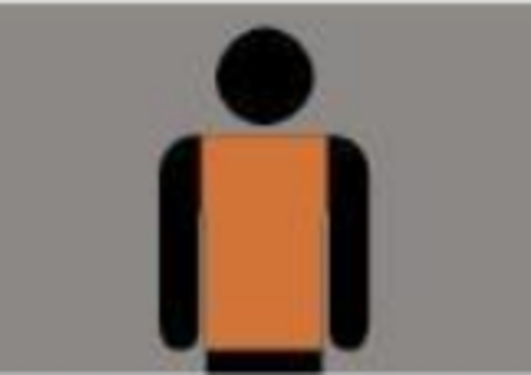In case of fire or fire alarm activation at BIO
Main content
What to do in case of Fire
In case of fire, act QUICKLY, PRECISELY and CALMLY
Furthermore, ALERT - SAVE - EXTINGUISH - EVACUATE.
Use the manual trigger (red box) if the fire alarm has not already been activated automatically.
Try to extinguish the fire with the available extinguishing equipment. If this is not possible, leave and call help. Close all doors and windows to prevent fire and smoke from spreading. Always put your safety first: rather leave and inform than put yourself into danger. Use the staircase, not the elevator.
Call the fire brigade on telephone 110 and inform about the following.
- Who is calling?
- What has happened?
- Where is the fire?
Try to extinguish the fire with available extinguishing equipment.
Close all doors and windows to prevent the fire and smoke from spreading in the building. Do not expose yourself to danger, evacuate building via the nearest emergency exit, do not use the lift. Assemble at the designated assembly point by the propeller. Follow the instructions of the site manager (person with yellow vest).
